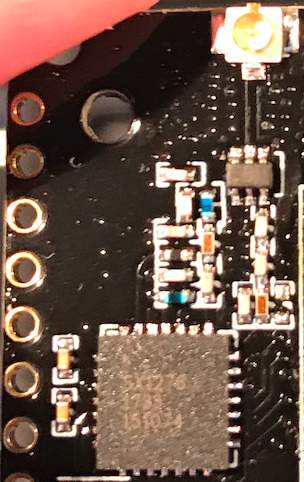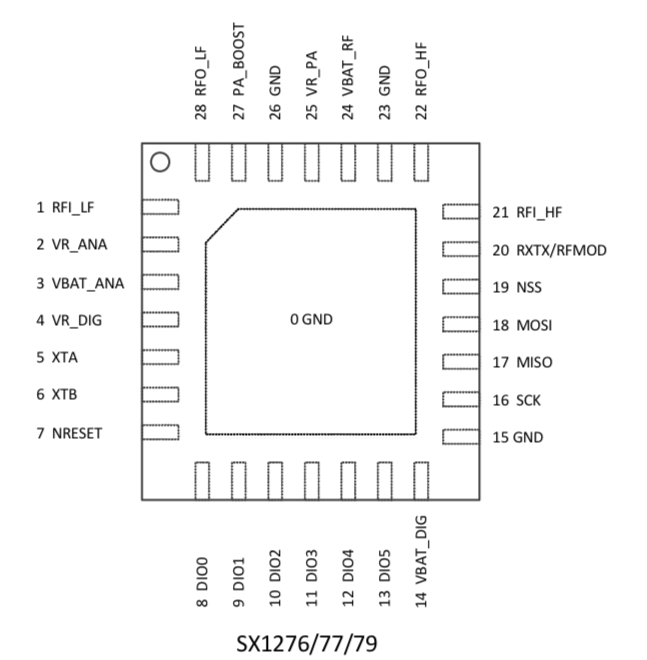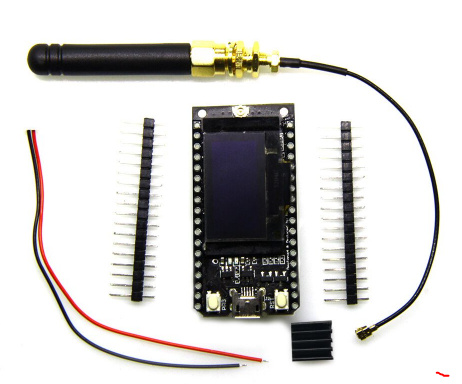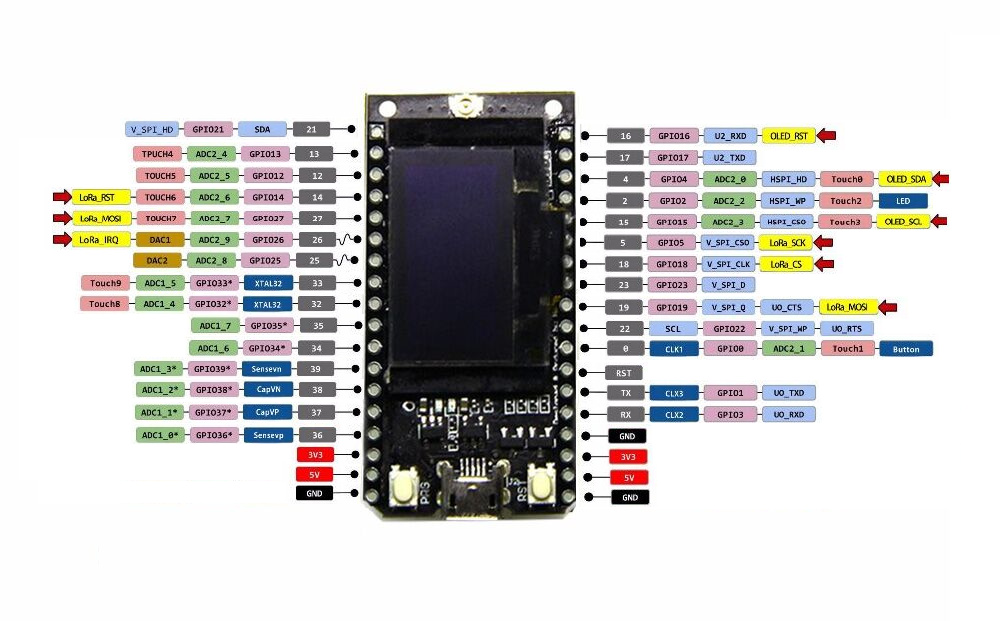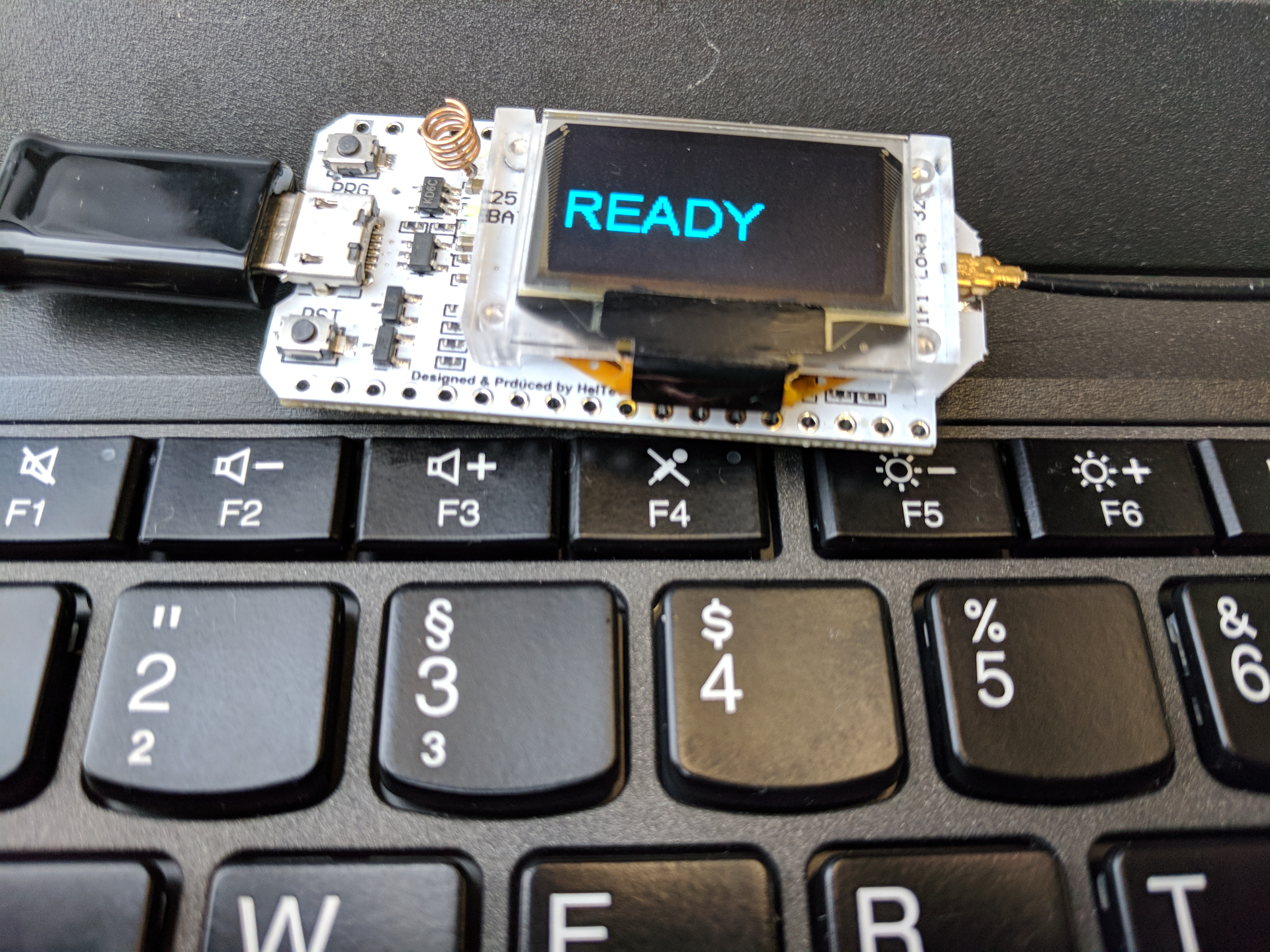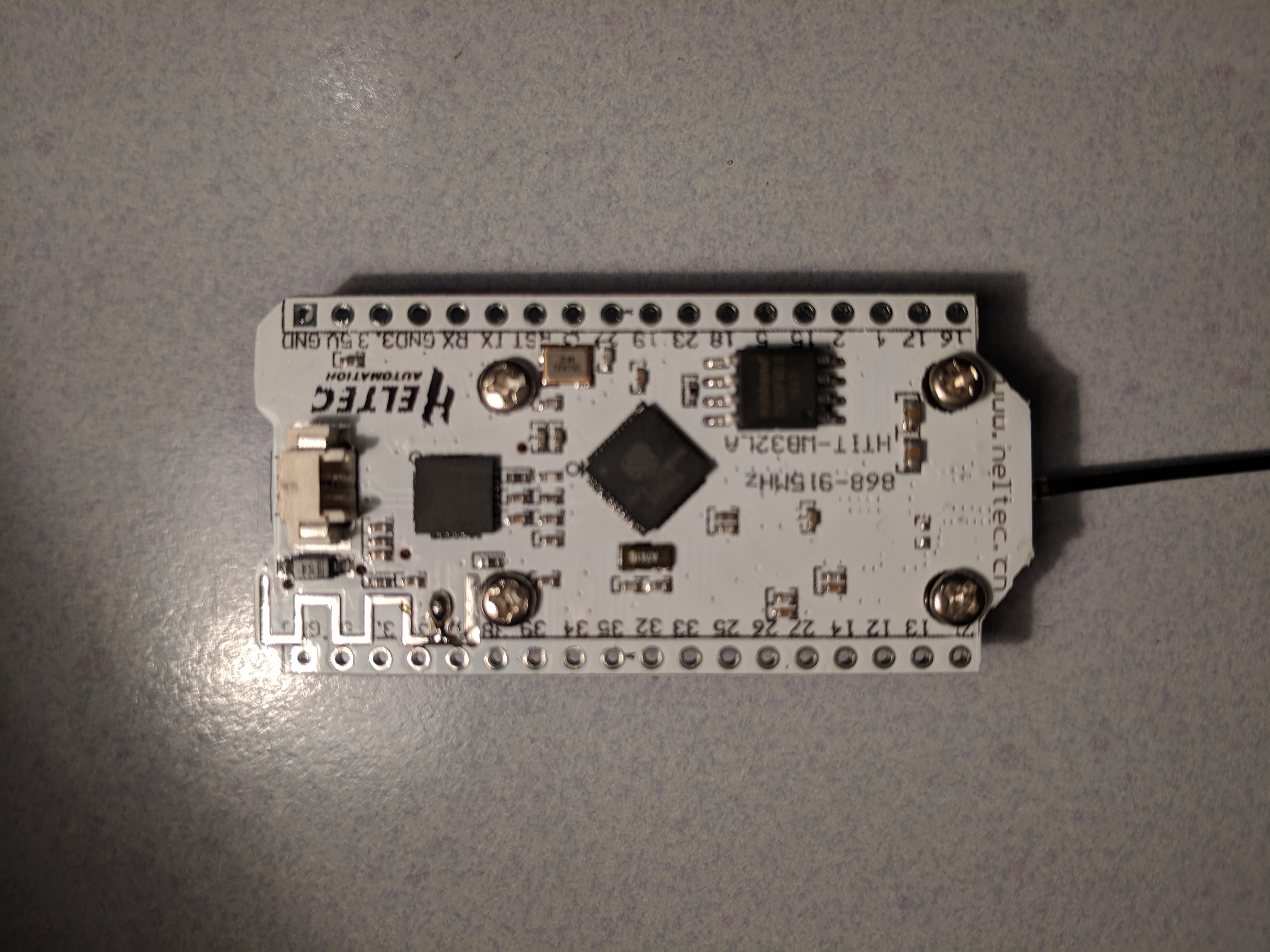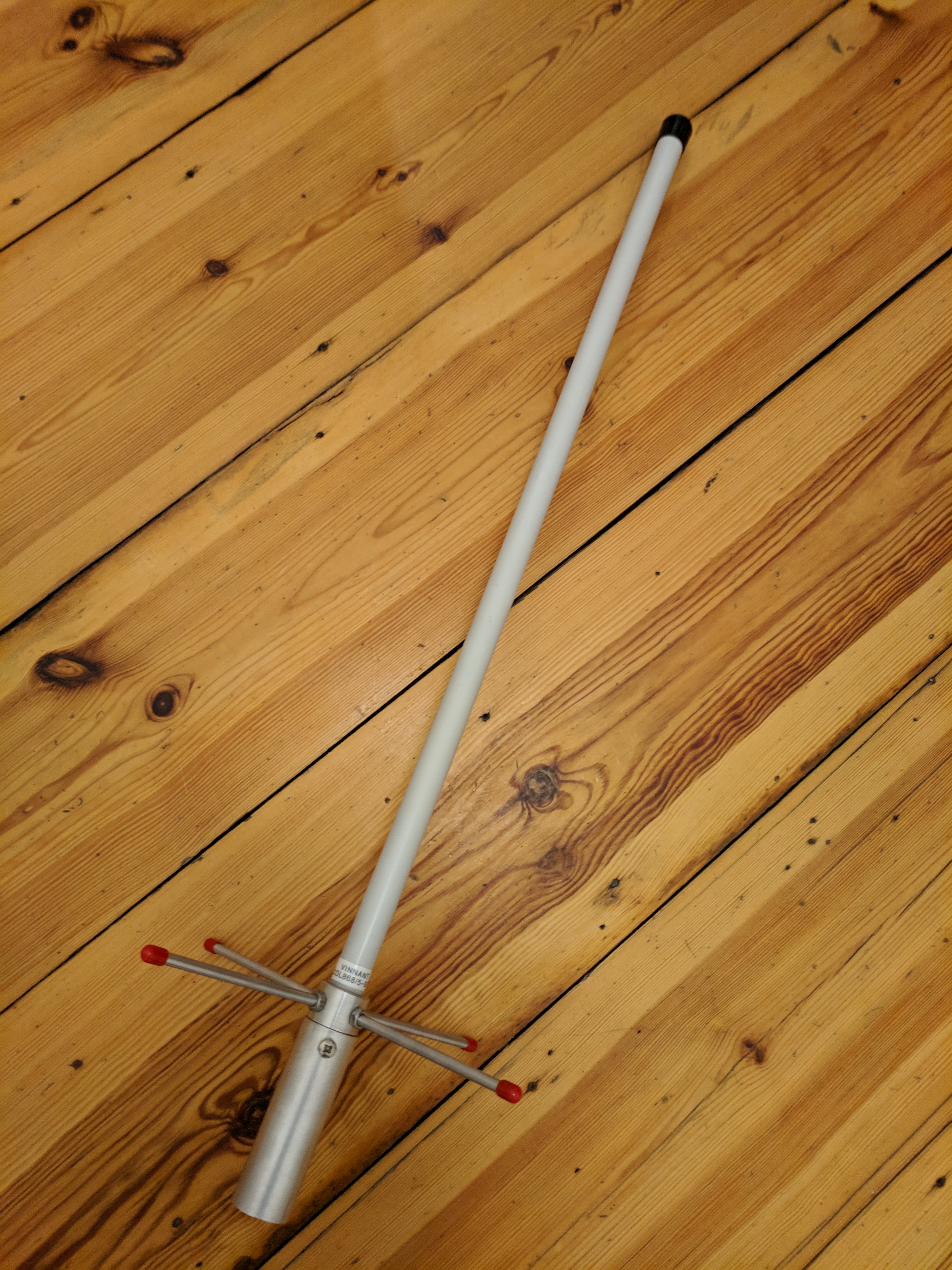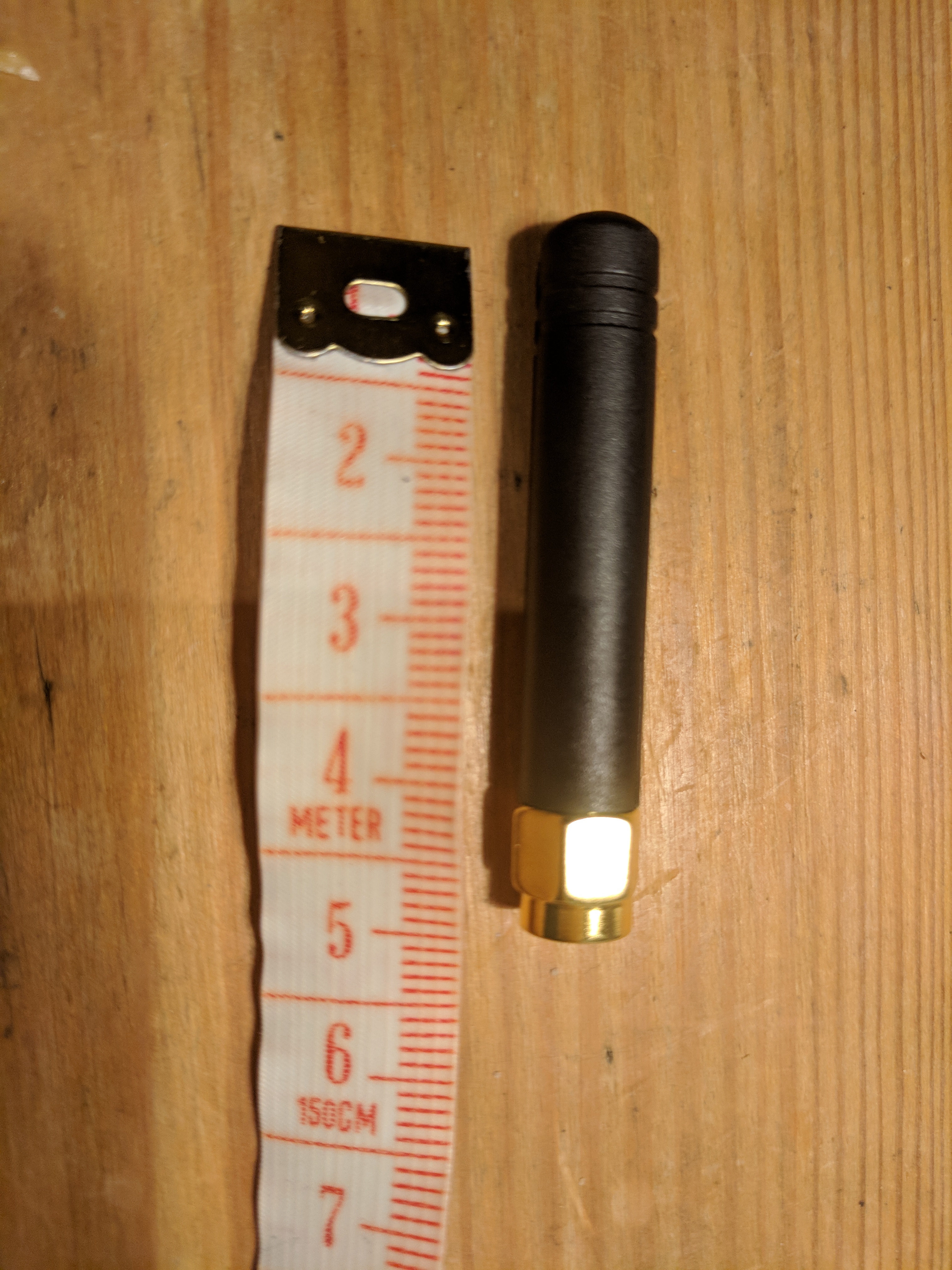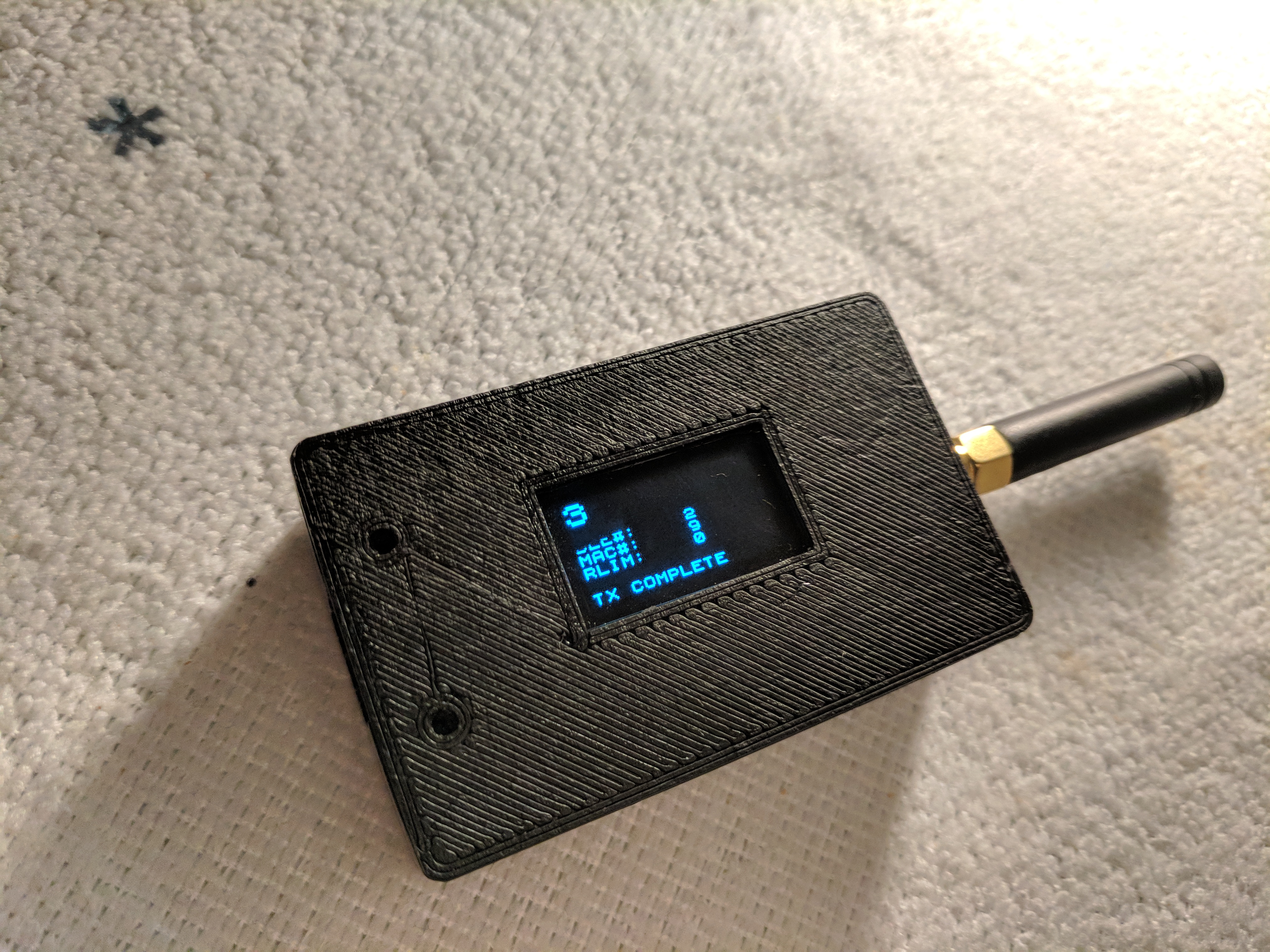Been testing the TTGO in house and get terrible range also. Checked with my TTN UNO and WITTY / RFM95 with same antenna’s and got these results;
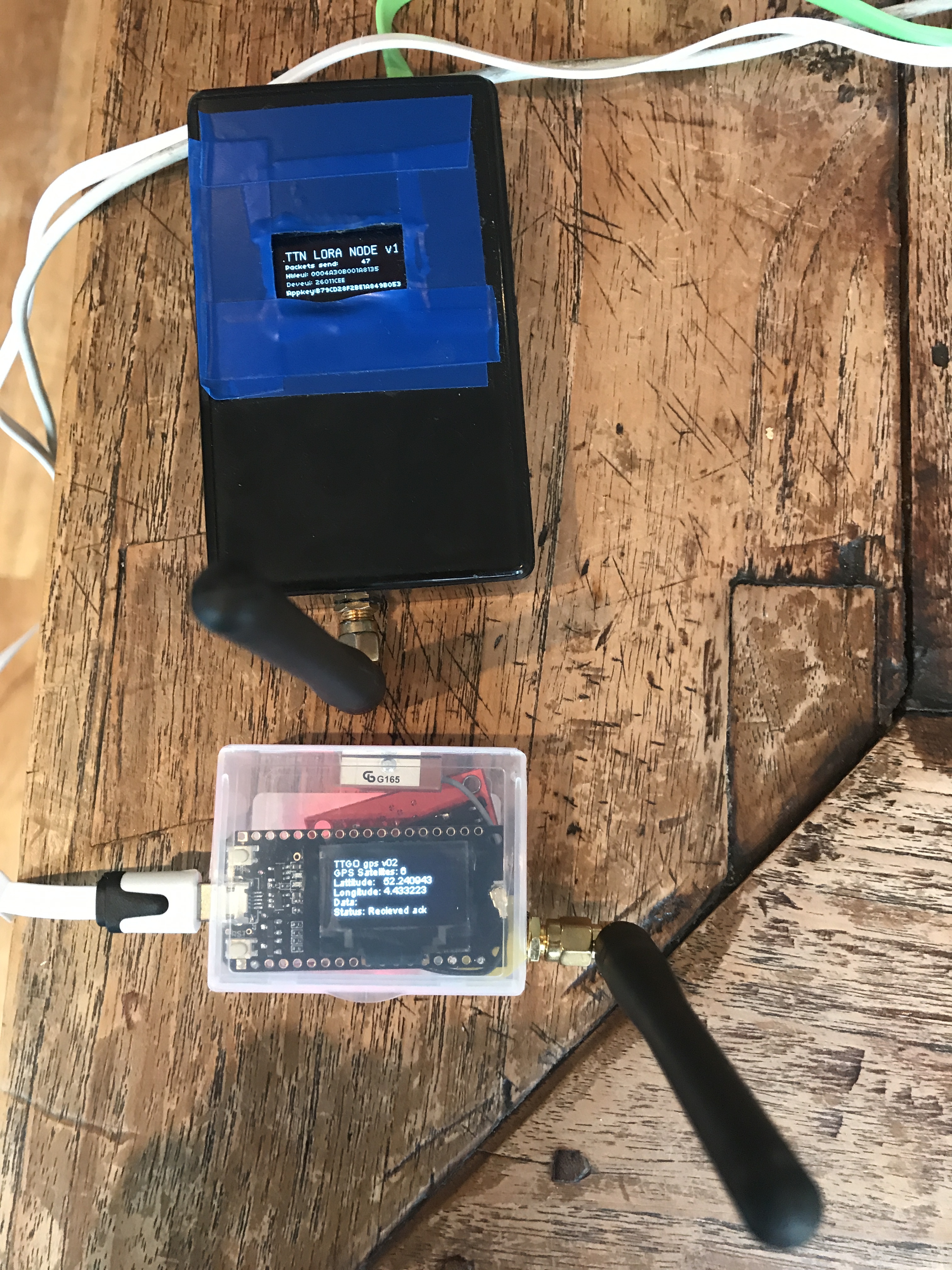
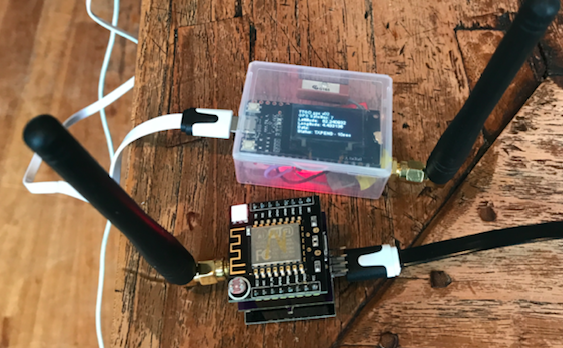
TTGO:
{
“gw_id”: “eui-008000000000a46d”,
“payload”: “QKURASaAAAABy1DLm4cPL1CMwjECeSQ=”,
“lora”: {
“spreading_factor”: 7,
“bandwidth”: 125,
“air_time”: 61696000
},
“coding_rate”: “4/5”,
“timestamp”: “2018-01-13T11:31:14.313Z”,
"rssi": -117,
"snr": -2.5,
“dev_addr”: “260111A5”,
“frequency”: 868500000
}
TTN UNO:
{
“gw_id”: “eui-008000000000a46d”,
“payload”: “QO4cASYABgAB+JSG6vU=”,
“f_cnt”: 6,
“lora”: {
“spreading_factor”: 7,
“bandwidth”: 125,
“air_time”: 46336000
},
“coding_rate”: “4/5”,
“timestamp”: “2018-01-13T11:34:29.172Z”,
"rssi": -67,
"snr": 8.5,
“dev_addr”: “26011CEE”,
“frequency”: 868500000
}
WITTY / RFM95;
{
“gw_id”: “eui-008000000000a46d”,
“payload”: “AD+SANB+1bNw8Fq0DFuYiACqDyK/8Vc=”,
“dev_eui”: “0088985B0CB45AF0”,
“lora”: {
“spreading_factor”: 7,
“bandwidth”: 125,
“air_time”: 61696000
},
“coding_rate”: “4/5”,
“timestamp”: “2018-01-13T11:49:26.374Z”,
"rssi": -72,
"snr": 9.8,
“app_eui”: “70B3D57ED000923F”,
“frequency”: 868300000
}
Seems the TTN UNO and RFM95 outperform the TTGO by far. Something must be wrong in this module.
Checked the pcb path of SX1276 to antenna and seems to be ok (connected to RFI_HF);

